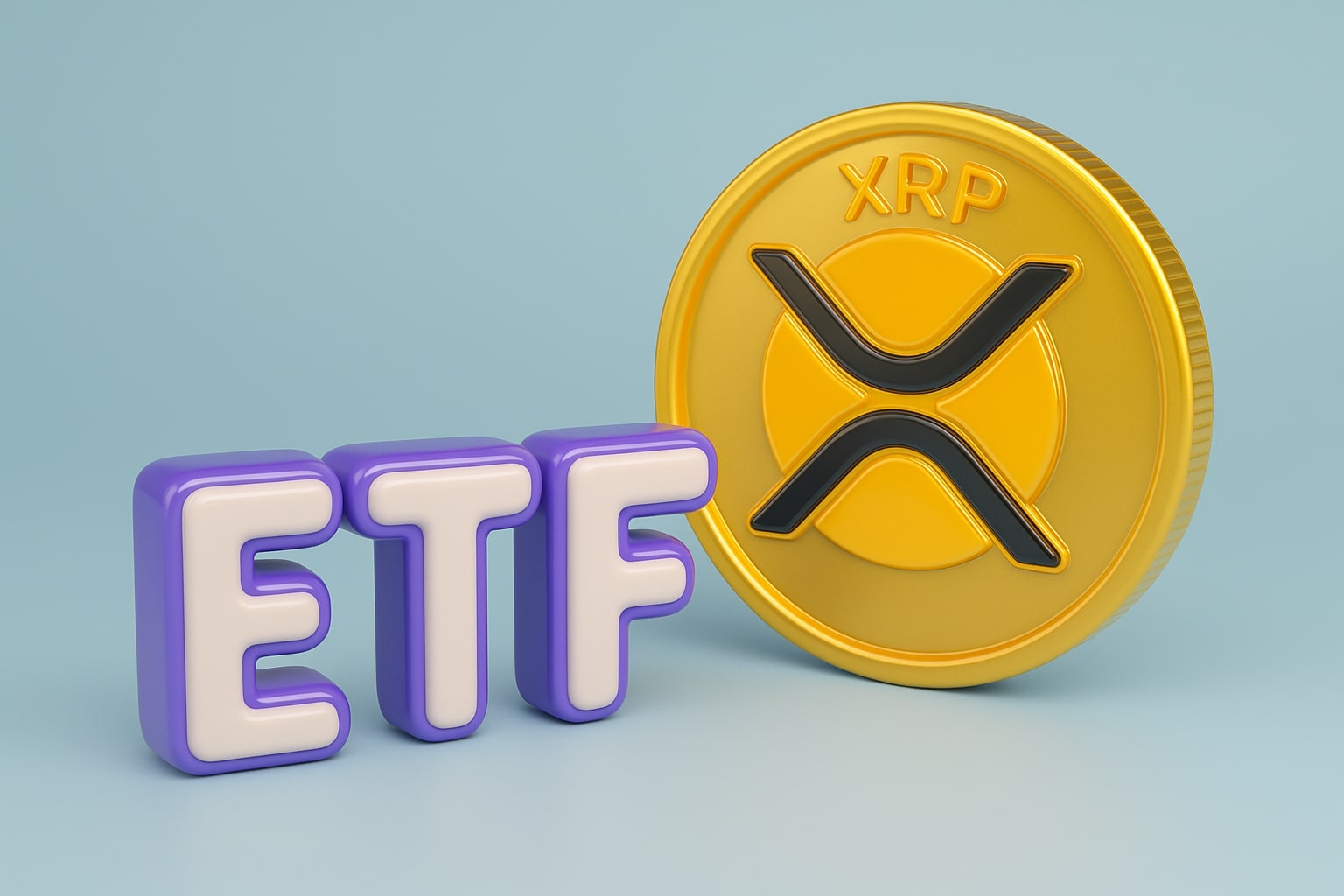
Oil Price: WTI $63.14 and Brent $66.70 Under Pressure
WTI faces resistance at $65, Brent holds $68. Norway’s surge, Russia-Ukraine pipeline risks, U.S. draws, and Powell keep crude volatile | That's TradingNEWS
Oil Market Outlook: WTI (CL=F) at $63.14 and Brent (BZ=F) at $66.70 Struggle With Conflicting Signals
Current Benchmarks and Market Levels
The oil market is holding steady in late August with WTI crude (CL=F) at $63.14 per barrel, up 1.27% on the day, and Brent crude (BZ=F) at $66.70, higher by 1.38%. Murban crude trades even richer at $69.95 (+2.12%), while regional grades diverge: Louisiana Light slipped to $65.53 (-0.92%), Mars US fell to $71.56 (-1.41%), and Nigeria’s Bonny Light sank to $78.62 (-2.84%). The OPEC basket sits near $68.64, reflecting mild strength in global averages. Gasoline futures are at $2.118/gallon, up 1.39%, signaling that refined product demand is still underpinning the complex despite crude volatility.
Norway’s Surge and European Balances
Production data from Norway surprised markets, with July crude output reaching 1.958 million barrels per day (bpd), nearly 150,000 bpd above forecasts and up 16.8% from June as the Johan Castberg field ramped to its full 220,000 bpd capacity. Gas output was also higher than expected, though annual volumes were down 9% year-on-year due to maintenance. Norway’s outsized performance strengthens Europe’s supply resilience just as its status as Western Europe’s largest oil and gas producer gains importance after Russia’s decline as a primary supplier. The Norwegian government is also launching its 26th licensing round, signaling fresh capacity additions into the 2030s, a bearish undertone for long-term balances.
The Forward Curve “Smile” in Brent Crude (BZ=F)
Despite near-term weakness, the Brent futures curve presents an unusual shape. Spot and near-term contracts remain in backwardation, with prompt barrels priced above deferred ones, normally a bullish signal of scarcity. Yet both the IEA and EIA project global supply to jump by 2.5 million bpd in 2025 and another 1.9 million bpd in 2026, with an expected 4.1 million bpd flood in Q1 2026 alone. Demand, by contrast, is forecast at 103.74 million bpd this year and only 104.44 million bpd next year, well below expected supply. The curve’s mid-term flatness followed by strong contango into late 2026 suggests markets expect a glut but are deferring pricing it in. This “smile” in the forward curve is a red flag for traders holding long positions into 2026, as storage economics could abruptly shift.
Geopolitics: Druzhba Pipeline and Tariff Escalation
The Druzhba pipeline, a key artery for Russian flows into Central Europe, was briefly disrupted after a Ukrainian drone strike, halting shipments to Hungary and Slovakia. Flows have since resumed, but both countries stressed the fragility of their supply. Hungary’s foreign minister went so far as to demand Ukraine “leave us out of this war,” underscoring the vulnerability of landlocked refiners still reliant on Russian crude despite EU sanctions exemptions. Meanwhile, Washington escalated trade pressure on India with a 25% tariff increase, pushing overall tariffs on Indian goods to 50% as retaliation for continued Russian crude imports. In response, Indian state refiners like IndianOil (NSE: IOC) and BPCL (NSE: BPCL) briefly halted spot purchases but have since returned, lured by Urals crude trading at a $3 per barrel discount. China has absorbed part of the displaced supply, but not enough to offset India’s reduced intake, leaving Russian sellers with excess barrels pressuring global benchmarks.
U.S. Inventories and SPR Movements
The supply side in the U.S. adds more complexity. The EIA reported a 6 million barrel draw for the week ending August 15, bringing commercial stocks to 420.7 million barrels, about 6% below the five-year seasonal average. Gasoline stocks fell by 2.7 million barrels, while distillates rose 2.3 million barrels, leaving them still 13% below average. Cushing, Oklahoma, inventories ticked lower by another 100,000 barrels, signaling physical tightness in the delivery hub. Yet API data had shown a smaller draw of 2.4 million barrels, highlighting data noise. Meanwhile, the Strategic Petroleum Reserve rose 400,000 barrels to 403.4 million, marking a rare refill in a year dominated by political debates over depletion. On balance, U.S. inventory draws are supportive in the short term but overshadowed by projected global builds into 2026.
China’s Demand Pulse and Fuel Oil Imports
China remains a swing factor. July fuel oil imports jumped 40% month-on-month to 401,000 bpd, the highest in seven months, reflecting refiners’ preference for cheaper feedstocks amid weak margins. Imports were 42% higher than last year, and independent refiners in Shandong were granted bigger tax rebates — up by 25 percentage points, bringing rebates to as high as 95% — to support struggling margins. While this bolsters near-term demand, it masks a structural issue: China’s refining overcapacity continues to distort trade flows, depressing global margins and raising risks of a product glut once domestic consumption slows.
Rig Count and North Sea M&A
On the corporate side, Ithaca Energy (LSE: ITH) raised its full-year production outlook to 119,000–125,000 boe/d, up from prior guidance, after averaging 123,600 boe/d in H1 2025. Following its purchase of Eni’s UK portfolio last year, Ithaca has become the North Sea’s largest independent operator. Its acquisition of Japex UK E&P lifted its Seagull field stake to 50%, and its Cygnus gas field interest now provides additional low-emission gas. With exposure to the controversial Rosebank project — delayed until at least 2026 after new emissions reviews — Ithaca embodies the tension between UK climate rules and the need for domestic energy. Investors have rewarded its consolidation strategy, but its future hinges on navigating both regulation and volatile crude prices.
Seasonal Tightness vs Looming Glut
Data from the Joint Organizations Data Initiative (JODI) adds another layer. In June, oil demand among reporting nations jumped 1.23 million bpd from May, led by a 1.28 million bpd surge in U.S. consumption. Production, however, rose only 524,000 bpd month-on-month, forcing crude inventories down by 1.14 million barrels, now sitting 166 million below the five-year average. These draws explain the short-term resilience of Brent and WTI despite bearish forecasts. Yet, with OPEC+ unwinding 2.2 million bpd of cuts by September, the seasonal tightness of summer is unlikely to extend into Q4.
Technical Landscape for WTI (CL=F) and Brent (BZ=F)
From a trading perspective, WTI faces stiff resistance near $65, with rallies consistently capped at that level. Support lies closer to $62.50, and a breakdown could expose $60. Brent shows relative strength, testing the $68 resistance, but risks turning lower if WTI fails to confirm. The technical picture matches the fundamental one: near-term demand is helping prices consolidate, but supply pressures above these levels keep the rally capped.
That's TradingNEWS
Read More
-
PFFA ETF Nears $21.50 as Rate Cuts and 9.49% Yield Spark Renewed Demand
29.11.2025 · TradingNEWS ArchiveStocks
-
XRPI and XRPR ETFs Ignite Ripple’s Institutional Rally as Inflows Near $1B and XRP Holds $2.20
29.11.2025 · TradingNEWS ArchiveCrypto
-
Natural Gas Price Forecast - NG=F Blasts to $4.85 as Demand Surge Fuel Multi-Month Breakout
29.11.2025 · TradingNEWS ArchiveCommodities
-
USD/JPY Price Forecast - Yen to Dollar Slides to 156.10 as Yen Strengthens on Fed Cut Expectations
29.11.2025 · TradingNEWS ArchiveForex



















